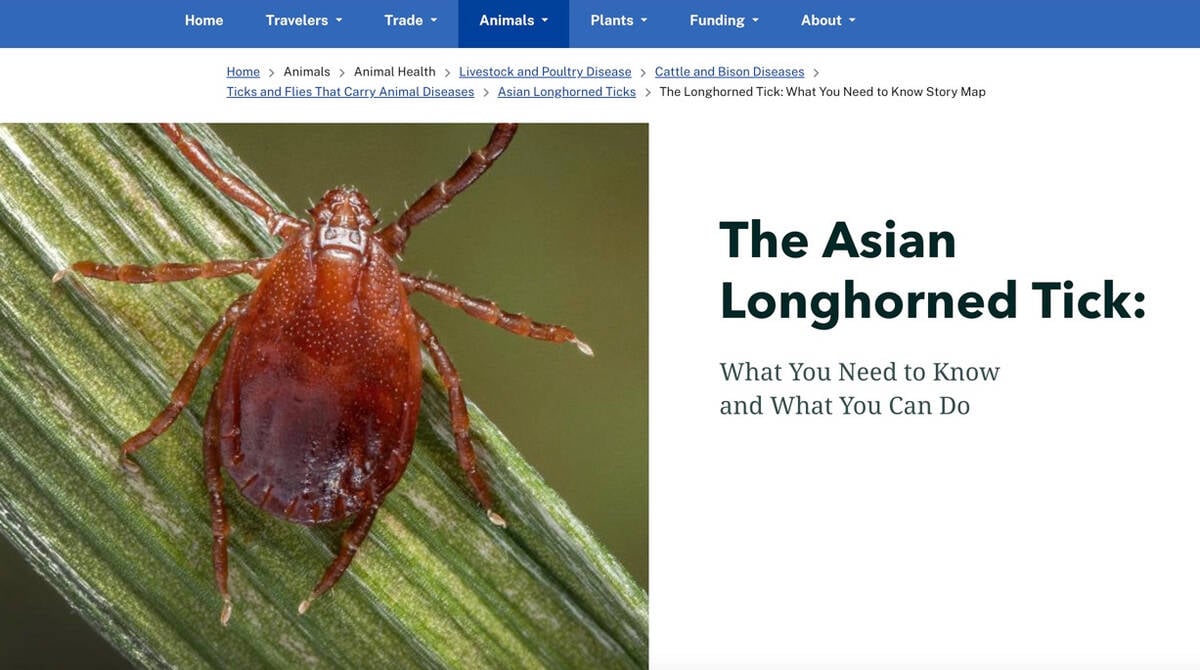Certification program now online | Multi-species training program may help address problems
TORONTO — Most animals loaded onto trucks handle the trip well, but animal welfare researcher Antoni Dalmau has seen plenty of room for improvement.
He has witnessed cattle, hogs and poultry arriving at slaughterhouses in distress through his work at the Institute for Food and Agricultural Research and Technology in Spain. These problems could be corrected with better management and understanding of animal behaviour, he added.
“The first measure of animal welfare is mortality. How many animals are arriving dead to our facilities?” Dalmau said at a symposium on animal welfare organized by the Canadian Meat Council in Toronto Oct. 11-12.
Read Also

New World screwworm not seen as trade threat
Canadian cattle producers shouldn’t be worried about the New World screwworm, which has become a massive concern for ranchers in Mexico and is threatening the southern United States
His research has found less than .01 percent of cattle arrive dead, but sheep and pigs have slightly higher mortality levels.
Low densities or very high densities can kill. Animals with plenty of room can be knocked around and hurt, but they are uncomfortable if crowded too tightly.
Cattle need enough space so they can shift their bodies according to the movement of the truck.
An animal that goes down takes space from the others and they can pile up on each other.
Sheep behave differently. They crowd each other when stressed and can suffocate. They may also asphyxiate if they panic during unloading.
Pigs and broiler chickens are at the greatest risk because they can suffer more readily from stress, heat and cold.
Also, many pigs have had little exercise during their lives in the barns. Muscles produce lactic acid when stressed by exercise during transit, and could cause a heart attack.
Processors want animals to fast before slaughter so guts are empty of manure. Dalmau recommended removing feed for at least four hours and no more than eight hours before loading.
Pigs become sick if the fast is too short and they develop meat quality problems. They may become aggressive if they go without feed for too long, resulting in meat quality problems and weight loss because the animals are using their own protein for maintenance.
Processing plant staff must check the state of animals when they are being unloaded. They should not be panting, shivering or too tired to walk or lame. Horses should not be too sweaty.
Animals that are clearly suffering need to be euthanized as soon as they get off the truck.
These requirements are part of the Canadian Livestock Transport certification program, but with more truckers coming from a non-farm background, they may not recognize some of the signs of distress, said program manager Geraldine Auston.
The program recently went national and will soon be available online.
It is a multi-species training program for drivers, farmers, ranchers, handlers and dispatchers. It is recognized in Canada and the United States as a credible certification program for the transport of animals.
More than 1,750 people have been certified since it started in 2007.
“Transportation is likely the most visible part of animal agriculture, and we have to be aware that people don’t always understand when they see a tractor trailer going down the road,” Auston said.















